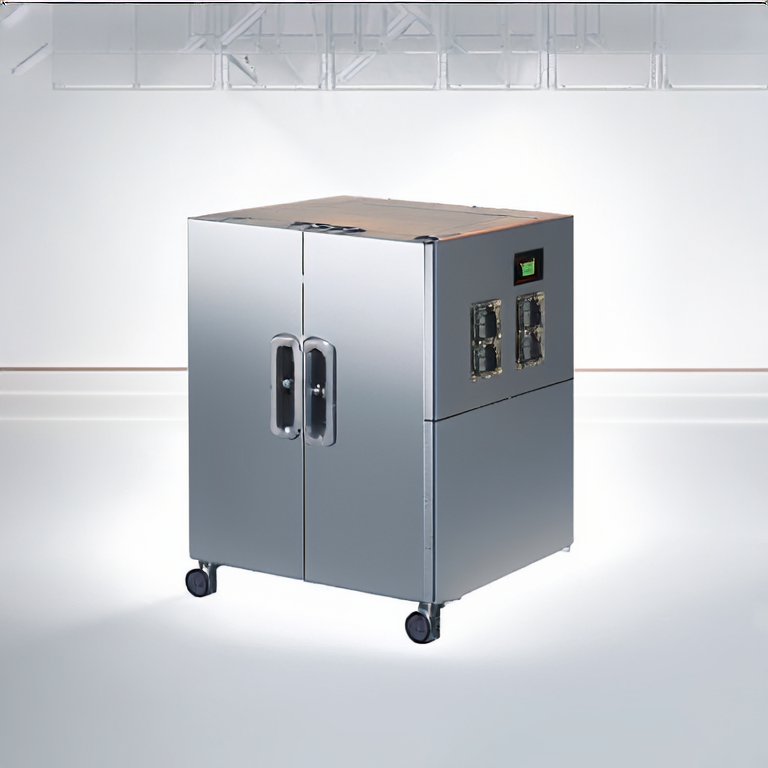
Blog
Jun. 13, 2025
Low voltage switchgear refers to a type of electrical equipment used to control, protect, and isolate electrical circuits at low voltage levels, typically from 1kV to 1.5kV. This essential apparatus plays a crucial role in electrical distribution. It consists of various components, including circuit breakers, relays, and busbars. Understanding how low voltage switchgear operates can significantly enhance your electrical system\'s reliability and performance.
Circuit Breakers – Protect electrical circuits from overloads and short circuits.
Busbars – Conduct electricity within the switchgear.
Relays – Act as protective devices that detect faults and trigger appropriate responses.
Circuit breakers come in various types, including MCB (Miniature Circuit Breaker) and MCCB (Molded Case Circuit Breaker). Choosing the proper circuit breaker can prevent up to 90% of electrical failures in your system.
Enhanced Safety – Provides protection against electrical faults.
Improved Efficiency – Optimizes electrical power distribution.
Cost Effectiveness – Reduces maintenance expenses and extends equipment life.
Implementing low voltage switchgear can decrease workplace accidents by approximately 50%. Adopting proper safety measures in electrical systems is essential for protecting employees and assets.
Low voltage switchgear is used in various settings, including:
Industrial Facilities – For electrical control and distribution.
Commercial Buildings – To ensure safe and efficient electrical systems.
Renewable Energy Systems – To manage power flow from solar panels and wind turbines.
In renewable energy systems, low voltage switchgear helps in managing power distribution effectively, increasing the overall system reliability by up to 85%.
Regular Inspections – Conducting monthly checks can prevent major failures.
Cleaning – Keep the switchgear clean to prevent overheating.
Thermal Imaging – Use thermal imaging at least once a year to detect hotspots.

In summary, understanding low voltage switchgear can greatly enhance the safety, reliability, and efficiency of your electrical systems. Regular maintenance, awareness of its components, and exploring its applications can lead to better performance in various industries. Implement the insights shared, and drive your electrical systems towards excellence!